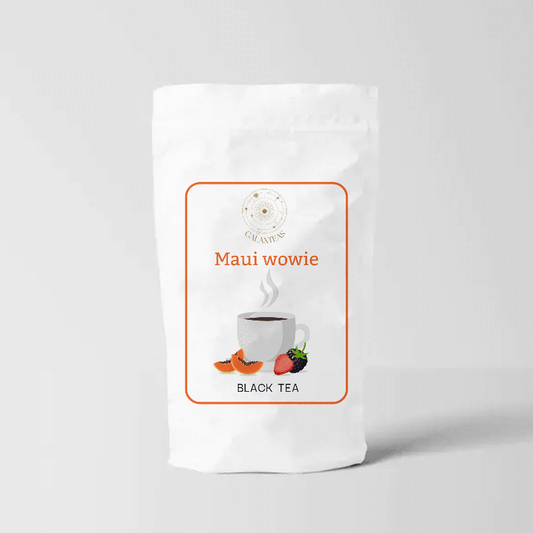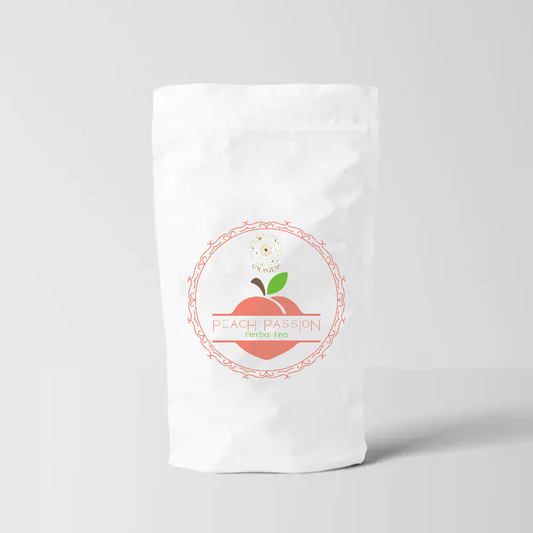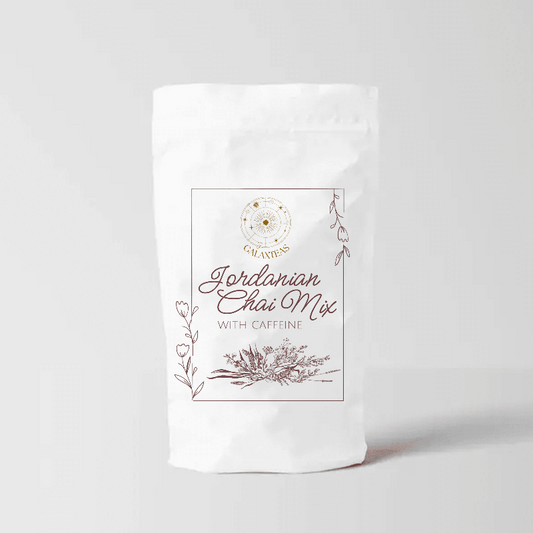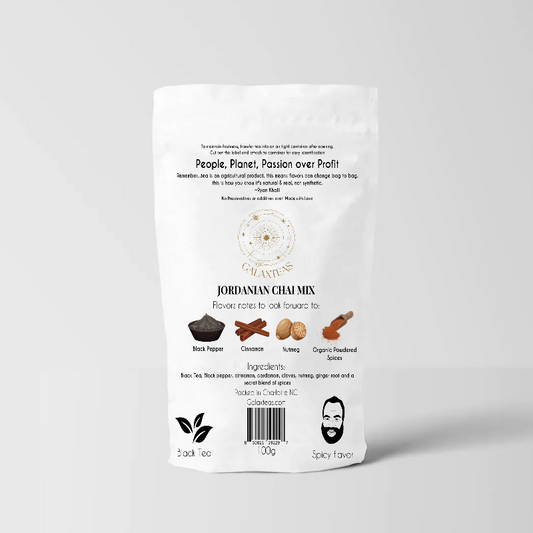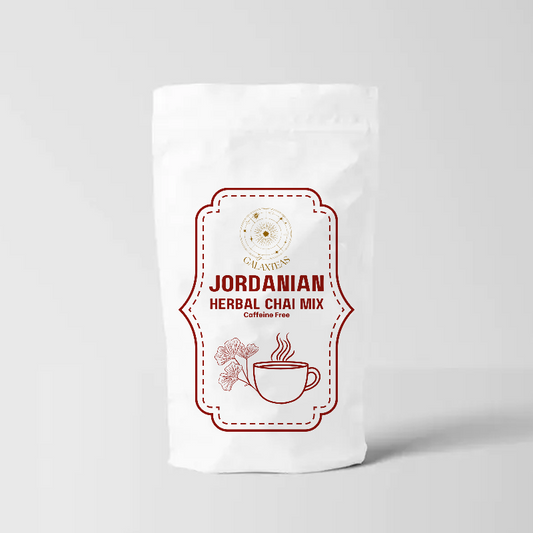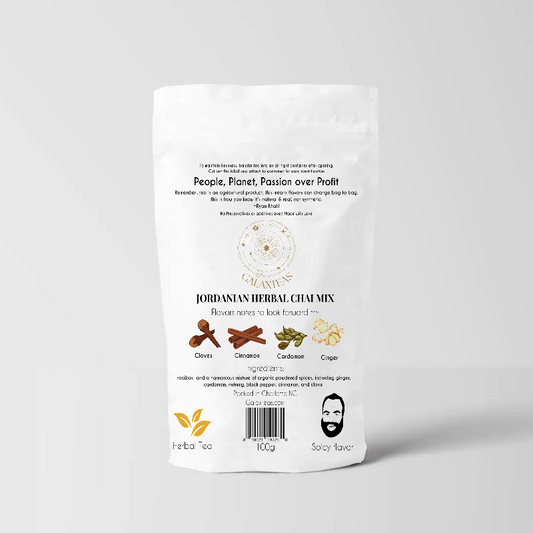Types of Tea: A Delightful Guide for Tea Lovers
Related Product
Subscribe
Table of Contents
The different types of tea are the reason why it is the second most common beverage around the world. Clearly, if water weren’t important to stay alive, tea would’ve been crowned as the king of all drinks. After all, you have so many kinds of tea to explore and each offers a unique, delightful flavor. Plus, each tea has its own set of characteristics and benefits. What to know about them? Here is an all-you-need-to-know guide on types of tea. So, gear up and let the journey begin!
Types of Teas and All You Should Know About Them |
|
Teas |
Varieties |
|
Black Tea |
Irish Black Tea, Assam Black Tea, Darjeeling Tea, Earl Grey Tea, Keemun Tea, Chinese Black Tea |
|
Green Tea |
Matcha, Sencha, Kukicha, Gyokuro, Dragon Well, Gun Powder, Chun Mee |
|
White Tea |
Silver Needle, White Peony, Darjeeling White, Shou Mei, Gong Mei |
|
Herbal Tea |
Chamomile tea, Peppermint tea, Rooibos tea, Hibiscus tea, Ginger tea |
What are the Different Types of Tea?
Are you a tea enthusiast? Or just a beginner looking to expand your tea info? Well, in both cases you’ve come to the right place. Well, you should know that there are countless types of tea. Yes, that’s right, countless! You have the classics that people have been enjoying from centuries ago. And then you have the fusions that know no bounds when it comes to innovations. Nowadays, tea makers mix just any ingredients and call it tea. Moreover, if you are looking to expand your tea taste palate, you can turn to Backyard Brew. Undoubtedly, it is your one-stop shop to provide you with different tea flavors from around the world. Furthermore, all types of tea are made from the leaves of the Camellia sinensis plant but still they are different. It is because of:
- Harvesting method
- Harvesting season
- Processing method
Besides, teas are divided into five main categories based on their processing method and characteristics. Furthermore, each of the tea categories comprises types having similar characteristics. Here are these tea types and believe me, missing out on any of these is not a good idea at all!
|
|
|
|
|
|
Black Tea
Whether or not you are a tea lover, you surely know about black tea. After all, it is the most popular type of tea. What makes it so popular is that it’s so easily available. You can find it at just any convenience or grocery store. They are usually available in tea bags, so obviously they are convenient to store and use. But what makes them a tea lover favorite is the caffeine kick!
|
Tea Fact! |
When brewed, black tea gives off a dark, coppery color. Plus, it usually has a stronger, more robust flavor as compared to other kinds of tea. In fact, it is right to say that black tea is the strongest of them all. You should know that it is all because of its ingredients and processing method.
Where is Black Tea Produced?
First, let’s go back in time to find out where black tea was first made. It was China. Yes, that’s right! The Chinese are the first ones to enjoy the lovely flavor and aroma of black tea. But today, it is loved and enjoyed all around the world. From the British to the Asians, black tea is a popular beverage everywhere. Besides, they are mainly produced in India and China. However, these two are not the only two countries producing it. In fact, the list includes:
- China
- India
- Sri Lanka
- Nepal
- Vietnam
- Kenya
Indian black tea is stronger in flavor and is usually a preferred choice for breakfast worldwide. On the other hand, Chinese black tea has a milder taste and color. Also, Chinese and Indian tea differ in terms of caffeine content. In other words, Chinese tea has lesser caffeine content than its Indian counterpart.
How Is Black Tea Made?
As aforementioned, the processing method is what makes each tea type different from the other. You will be amazed to know that the processing steps for most types of teas are also somewhat similar. However, what makes a difference is when and for how long each of these steps is applied. This determines the characteristics of a finished tea. The process of making black tea uses four steps:
- Withering
- Rolling
- Oxidization
- Drying
The end result is a dark, full-bodied infusion, perfect to kickstart your day. Besides, the key elements here are time and oxygen. The amount of these will define the strength, appearance, and flavor of black tea.
Top Black Tea Varieties
The best thing about black tea is the amazing variety you get to try. Looking for something breakfast-friendly? You can go for the classic English Breakfast Tea. Want something more exciting and spicier? The Indian Masala chai is worth trying. Here are some more types of black teas you must try:
- Irish Black Tea
- Assam Black Tea
- Darjeeling Tea
- Earl Grey Tea
- Keemun Tea
- Chinese Black Tea
These are some of the classic options you have in black tea. Apart from these, many tea manufacturers have also come up with their own fusion flavors. If you are thinking to buy black tea, you should explore both the classics and the fusions. After all, this is the key to experiencing the ultimate tea delight.
Green TeaThis type of tea is the second most popular one. Besides, this type of true tea carries the most health benefits. After all, it contains antioxidants in the highest amounts. These help keep a lot of health risks at bay. Therefore, health freaks usually prefer it over black tea. From heart health to metabolism, regular and moderate consumption of green tea can regulate several bodily functions smoothly.
“According to studies, green tea can be used as a dietary supplement to improve mental alertness, relieve digestive symptoms and headaches, and promote weight loss.” – National Center for Complementary and Integrative Health
Although made from the same tea plant, green tea is more golden yellow in color. Plus, it contains around half the amount of caffeine as much of black tea. If you are a tea lover but want to prioritize your health too, buying green tea is your way to go!
Where is Green Tea Produced?
Like black tea, green tea also originated in China. According to the legend, the emperor of China and the creator of Chinese medicine Shennong is the person behind the formation of green tea. Moreover, green tea was introduced to Japan in the 12th century. And since then, it has been an important part of their culture. Today, green teas are primarily produced in China and Japan. Although majorly produced in these two countries, it is enjoyed all around the world. Furthermore, the characteristics of both Chinese and Japanese teas differ too. So, you should expect uniquely different flavor profiles from these two.
How is Green Tea Made?
The leaves for green tea are carefully picked and then go through the typical withering process. Afterward, to remove the excess moisture leaves are either steamed or pan-fried.
“Steaming is a common heat treatment method for green tea used in Japan while pan-frying is more traditional in China.”
You should know that the heat treatment is essential to stop oxidization. In other words, if you skip this step, green tea won’t develop its color and flavors. The next step is rolling which can be done with hands or using a machine. Finally comes the drying process, using either hot air or sunlight. And voila - you have the final product of delectable green tea ready to be packaged. Here’s a short breakdown of this tea’s making process:
- Withering
- Heat Treatment
- Rolling
- Drying
Top Varieties of Green Tea
As you already know, authentic green teas are divided into two main categories: Chinese and Japanese. The reason for dividing the teas based on their origin is because this trait is what gives them their unique qualities. Anyhow, let’s move on to talking about what both of these types of tea hold for us:
Japanese Green Tea
You know that Japanese tea leaves are steamed to stop the oxidation process. Talking about the flavor, these teas are usually slightly savory and have an oceanic flavor profile. Want to try them out? Here are the popular options you shouldn’t miss out on:
- Matcha
- Sencha
- Kukicha
- Gyokuro
Chinese Green Tea
The counterpart, Chinese green tea, has a slightly different production process which sets them apart the Japanese ones. You should know that the heating method used for these teas is pan-frying. Therefore, they have a milder flavor. These Include:
- Dragon Well
- Gun Powder
- Chun Mee
White Tea
If you are tired of regular types of teas, it’s time to upgrade your level; move on to white tea. This category of tea offers you a delicate, delightful, and refreshing experience. Besides, they are made from the youngest growth of the tea plant – Camellia sinensis. Furthermore, they are light in nature and what makes them light is the fact that they are minimally processed. And they are fragrant too. You should also know that it’s low in caffeine but high in antioxidants. Now, that we’ve talked about the nitty gritty bit, let’s move on to how they are made and the varieties you can try.
Where is White Tea Produced?
Like the other types of tea, white tea also has its origin in the Fujian Province of China. And just like its counterparts, it was discovered centuries ago. Upon its discovery, it gained massive popularity in Chinese culture. Today, white tea types are enjoyed throughout the world by people who have a taste for delicacy. Here are the countries that have production setups for this tea:
- India
- Sri Lanka
- Taiwan
- Nepal
- Kenya
- Tanzania
- Malawi
There are also some white tea varieties cultivated in the Eastern African Countries.
How is White Tea Processed?
What makes white tea so different from others is its ingredients. I mean, it’s surely the same plant but different produce. Moreover, tea makers pick the youngest leaves and buds before they open completely. With these ingredients, they make this delicately delightful tea. Afterward, it has a very distinctive production process. It includes the following steps:
- Withering
- Dehydration
- Drying
- Sorting
We know the general processing method for white tea. However, what we don’t know is the variety we have to sip on. So, without further ado, let’s talk about them.
Top Varieties of White Tea
True tea lovers can’t miss out on this one. Why so? Because it’s not just delicious and aromatic; it’s healthy too. Anyhow, when it comes to white tea, you have a lot of options. Whether you are fond of something strong or looking for something mild, you can find just anything. New to this white tea territory? No worries! We have you covered for all the amazing options:
- Silver Needle
- White Peony
- Darjeeling White
- Shou Mei
- Gong Mei
You should also know that the Fujian province produces many specialty white teas including, Fuding White, Fujian New Craft, and more. Besides, these are some of the popular options. If you want to buy white tea, you can do a thorough research.
Herbal Tea
Although herbal tea is not a true tea, it’s equally tasty and beneficial – maybe more. Moreover, it is not made of the leaves of tea plants. Instead, herbal tea contains herbal infusions. Yes, that’s right! No traditional tea ingredients here. Still, it’s loved by all tea enthusiasts. Besides, it’s a great choice for those who are looking to cut down their caffeine content. You can expect floral, earthy, citrusy, woody, and fruity flavor notes from this tea.
“Herbal teas are famous for their calming properties. They contain ingredients that help reduce stress and anxiety.” – Penn Medicine
If you call yourself a tea lover and you haven’t tried any of the herbal teas, you are more of a wannabe instead. Because hey, these teas are surely worth trying. Let’s discuss their origin, types of tea, and more.
Where is Herbal Tea Produced?
Herbal tea, like other tea types, originated in China. Furthermore, it has been a significant part of Chinese traditional medicine for centuries now. And it has proven beneficial in treating a lot of health issues. It’s good for your heart, brain function, gut, immune system, and whatnot. Because traditional teas are made with plants grown in certain regions, we have listed their origins in the above sections. However, this is not the case with herbal tea. There is not a specific country or countries mass producing herbal tea. It is produced all around the world.
How is Herbal Tea Made?
Herbal teas don’t share the same production process as their traditional counterparts. After all, the ingredients are different. Instead, the whole process is focused on choosing the finest qualities of herbs or other plant components. Plus, combining ingredients that complement each other is the key to making delectable herbal infusions. Anyways, let’s discuss some vital steps of the process:
- Harvesting
- Cleaning
- Drying
- Cutting
- Blending
- Packaging
You should know that cutting here means crushing or chopping the ingredients into smaller pieces to facilitate blending and infusion. Furthermore, the step of blending requires picking ingredients in the right proportions. It is so because the right amount means, the right taste.
|
Here’s Some Tea… |
|
Why is herbal tea called “tea” when it doesn’t even contain the core ingredient – Camellia sinensis? Well, the reason behind it is that it is brewed the same way! |
Top Varieties of Herbal Tea
Herbal tea is one of the most exciting types of tea. After all, it’s amazing to enjoy any time you want. Want to begin your day with something soothing? Or unwind with something cozy? This tea has your back. The best part – all its varieties offer nuanced flavors that your taste buds can’t miss out on. Hence, you have to buy herbal tea and make it a part of your collection. Here are some popular varieties you should try:
- Chamomile tea
- Peppermint tea
- Rooibos tea
- Hibiscus tea
- Ginger tea
There is so much else out there for you to try. If you are a real tea lover, here’s a tip: keep looking for new flavors. Artisans are always up to producing exciting flavors for your palate.
Oolong Tea
Oolong tea is interestingly unique because it lies somewhere between green tea and black tea. Yes, this tea has characteristics of both these teas. The fun part – oolong tea leans more towards one depending on how it’s processed. In simple words, it depends on the oxidation level. For example, black tea is the strongest because it’s fully oxidized. On the other hand, green tea undergoes partial oxidation so it’s medium to light-bodied. Moreover, oxidation is what defines the strengths, color, and flavor of the tea.
"The oxidation levels for Oolong tea vary from 8% to 80%. The higher the percentage is, the stronger the taste."
Let’s talk about its history now. Well, all teas seem to share the same origin. Just like its counterparts, China is the place where oolong was first made. They named it “Wulong”, meaning black dragon. The main producer countries of this tea are China and Taiwan. Apart from these, Japan, India, Sri Lanka, Thailand, and New Zealand also produce Oolong.
Pu erh Tea
Although Pu erh tea is a type of black tea, it’s surely unique. According to tea lovers, it is the most fascinating tea you can enjoy. Moreover, it has the same ingredients as the traditional types of tea. However, the processing method is what defines it. You should know that it undergoes fermentation. And because of this process, the tea changes its flavor and strength as it changes. Also, the fermentation process is why this pu erh tea is available in two types: sheng and shu. Sheng or Raw pu erh teas are called so because they are naturally fermented over a long period of time. On the other hand, shu or ripe tea undergoes a very strong fermentation process.
|
Did You Know? |
The caffeine levels in pu erh tea depend on its age and the fermentation process. It can be 30 to 100mg of caffeine per cup. |
You can check out our variety of pu erh tea for some real refreshing experience. Remember, pu erh teas are as precious as fine wines, minus the alcohol. Besides, at our coffee shop in Charlotte, we even cater to the weirdest orders of customers. Visit now and you are sure to be delighted!
Final Thoughts on the Types of Tea
As aforementioned, all types of tea have a different flavor and other characteristics. These different flavors and qualities are what keep this beverage at the top of the game. Whether you are a beginner or a tea lover, there is always something for everyone to try. Beginners can buy tea that is mild and mellow while hard-core lovers can try different soothing infusions. Also, so many types of tea can cater to people of all sorts of caffeine preferences. Are you looking for teas to try? This blog is the guide you need.

